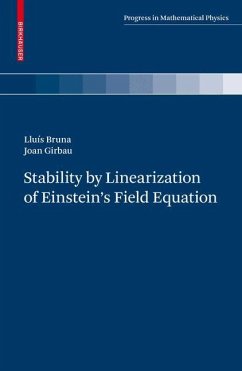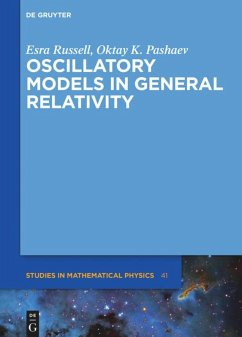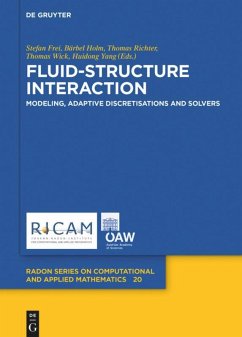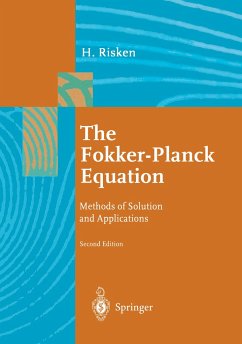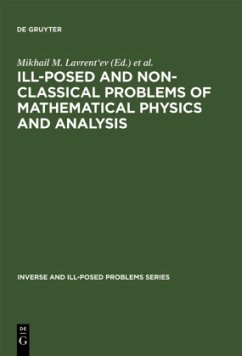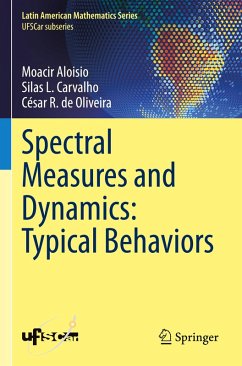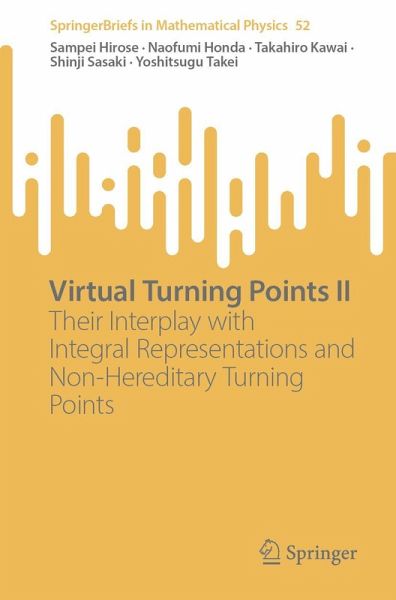
Virtual Turning Points II
Their Interplay with Integral Representations and Non-Hereditary Turning Points

PAYBACK Punkte
17 °P sammeln!
This book aims to build on the significant results reported since the publication of "Virtual Turning Points" (VTP). This volume seeks to accelerate this trend by presenting these results in a unified manner, utilizing s-VTP and the integral representation of solutions. This includes the introduction of a non-hereditary turning point (NHTP), which naturally appears by considering tangential systems. NHTP initially causes no issues for the original system, but it creates a new class of VTPs and additional periods when perturbing the equation while keeping its principal part intact.Integral repr...
This book aims to build on the significant results reported since the publication of "Virtual Turning Points" (VTP). This volume seeks to accelerate this trend by presenting these results in a unified manner, utilizing s-VTP and the integral representation of solutions. This includes the introduction of a non-hereditary turning point (NHTP), which naturally appears by considering tangential systems. NHTP initially causes no issues for the original system, but it creates a new class of VTPs and additional periods when perturbing the equation while keeping its principal part intact.
Integral representations of solutions provide intriguing examples of Stokes geometry (SG). We have selected some particularly illuminating examples and presented them in Sect. 1.5 to address the effects of NHTP and the crossing phenomenon of three ordinary Stokes curves, which were not dealt with in VTP. The most important example suggests that these new phenomena are related to the location of singularities of Borel transformed WKB solutions. Comparing with the second-order case, we study this relationship from the viewpoint of the theory of growing trees already discussed in VTP.
These examples also reveal an impressive fact that NHTP creates a new class of VTPs through the so-called bicharacteristic chain. Another example visualizes a leaf-type and a tadpole-type SG, the connection formulas for which are explicitly computed in this volume. Finally in the Appendix, the activeness of SG related to the crossing of three Stokes curves is examined, which requires employment of the exact steepest descent method, a WKB-theoretical generalization of the traditional steepest descent method, despite its simple appearance.
Integral representations of solutions provide intriguing examples of Stokes geometry (SG). We have selected some particularly illuminating examples and presented them in Sect. 1.5 to address the effects of NHTP and the crossing phenomenon of three ordinary Stokes curves, which were not dealt with in VTP. The most important example suggests that these new phenomena are related to the location of singularities of Borel transformed WKB solutions. Comparing with the second-order case, we study this relationship from the viewpoint of the theory of growing trees already discussed in VTP.
These examples also reveal an impressive fact that NHTP creates a new class of VTPs through the so-called bicharacteristic chain. Another example visualizes a leaf-type and a tadpole-type SG, the connection formulas for which are explicitly computed in this volume. Finally in the Appendix, the activeness of SG related to the crossing of three Stokes curves is examined, which requires employment of the exact steepest descent method, a WKB-theoretical generalization of the traditional steepest descent method, despite its simple appearance.





